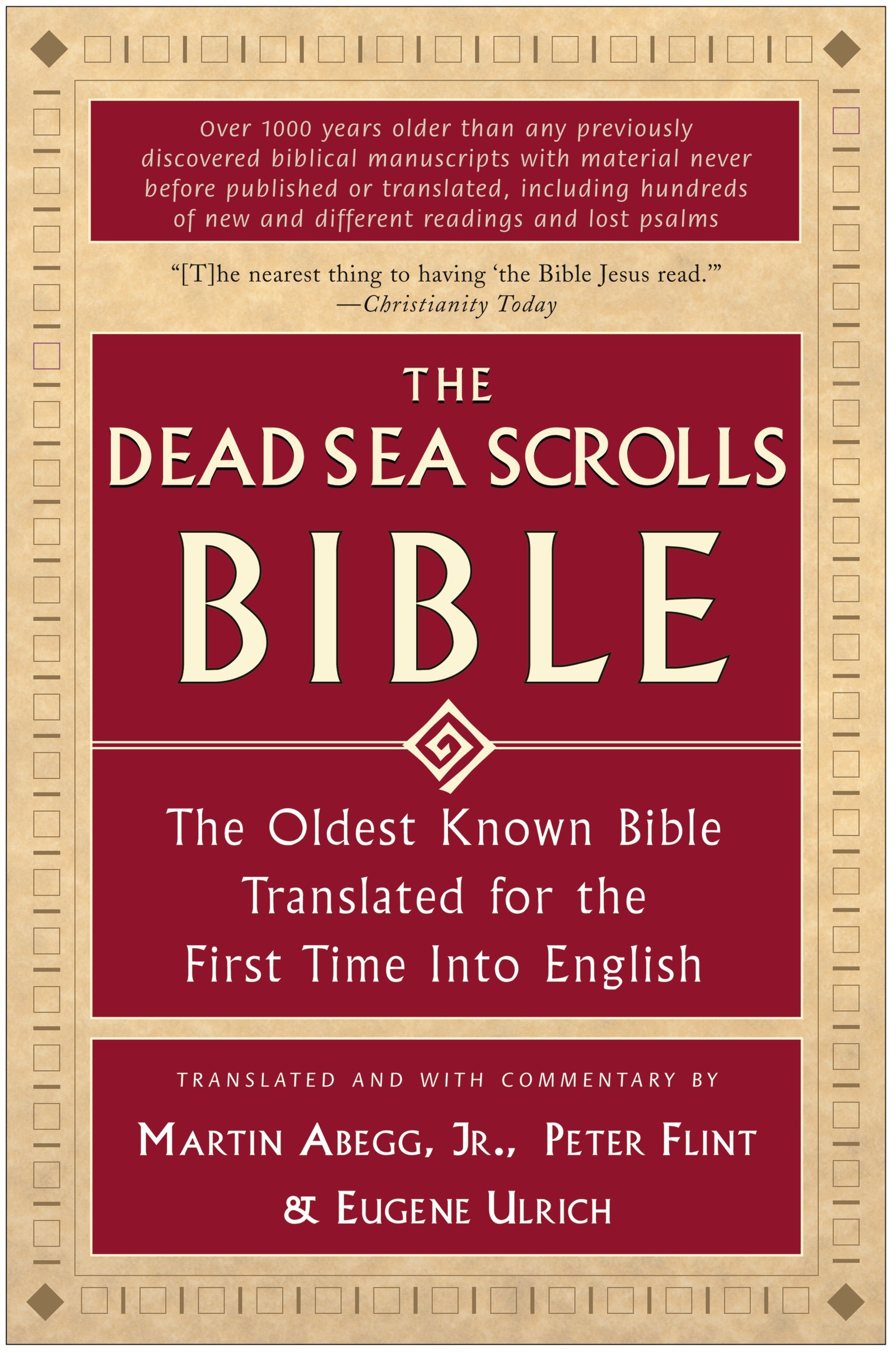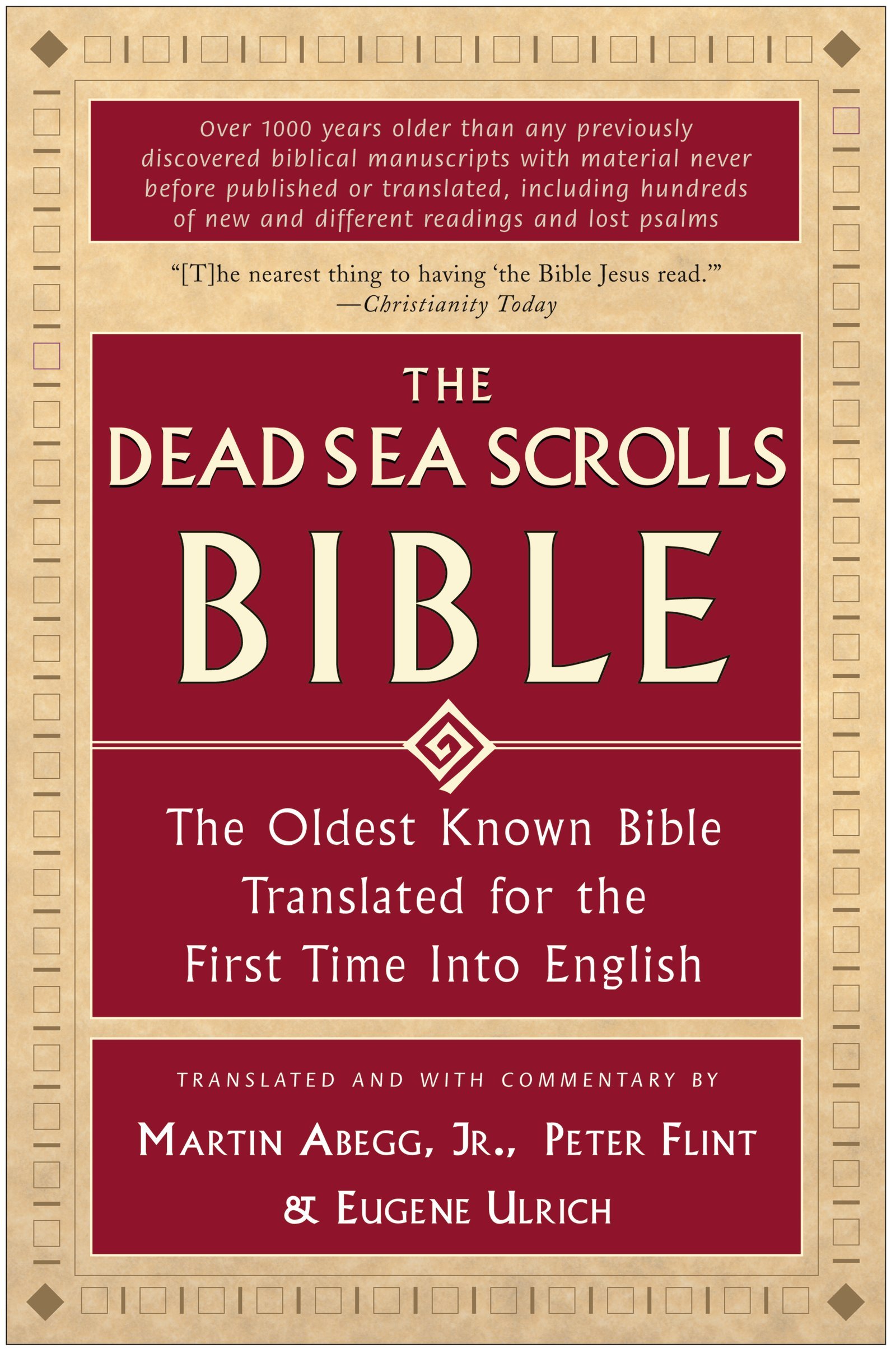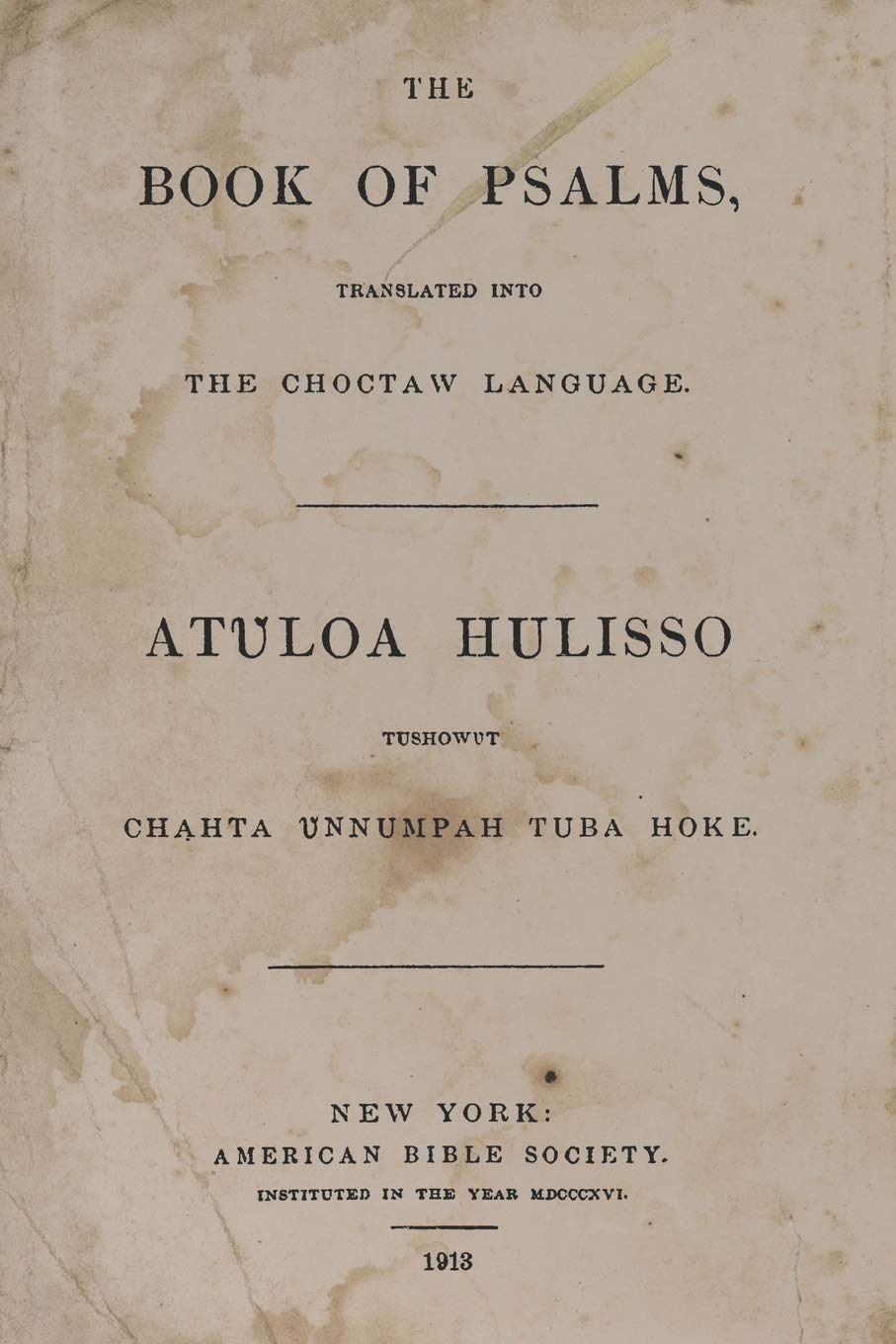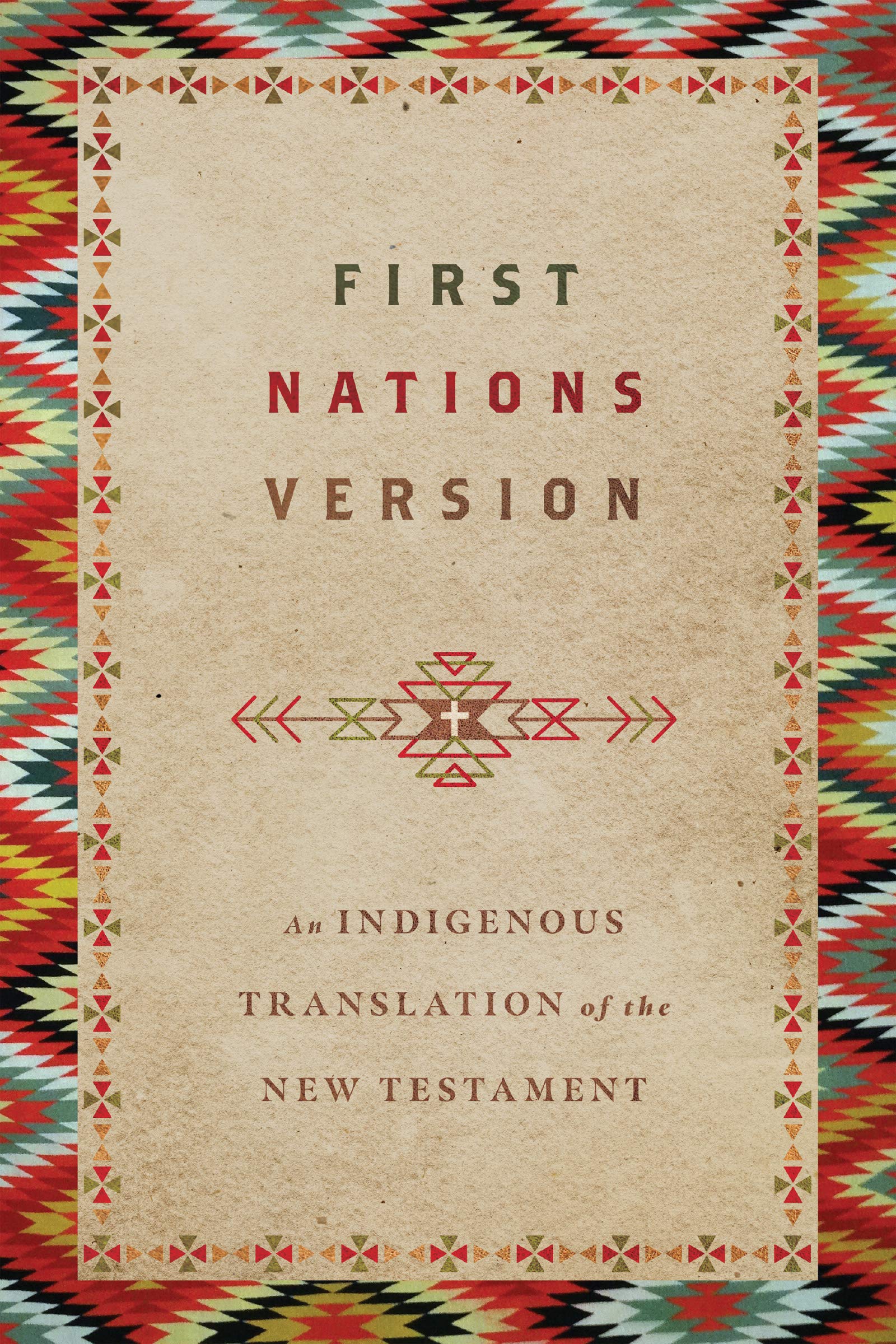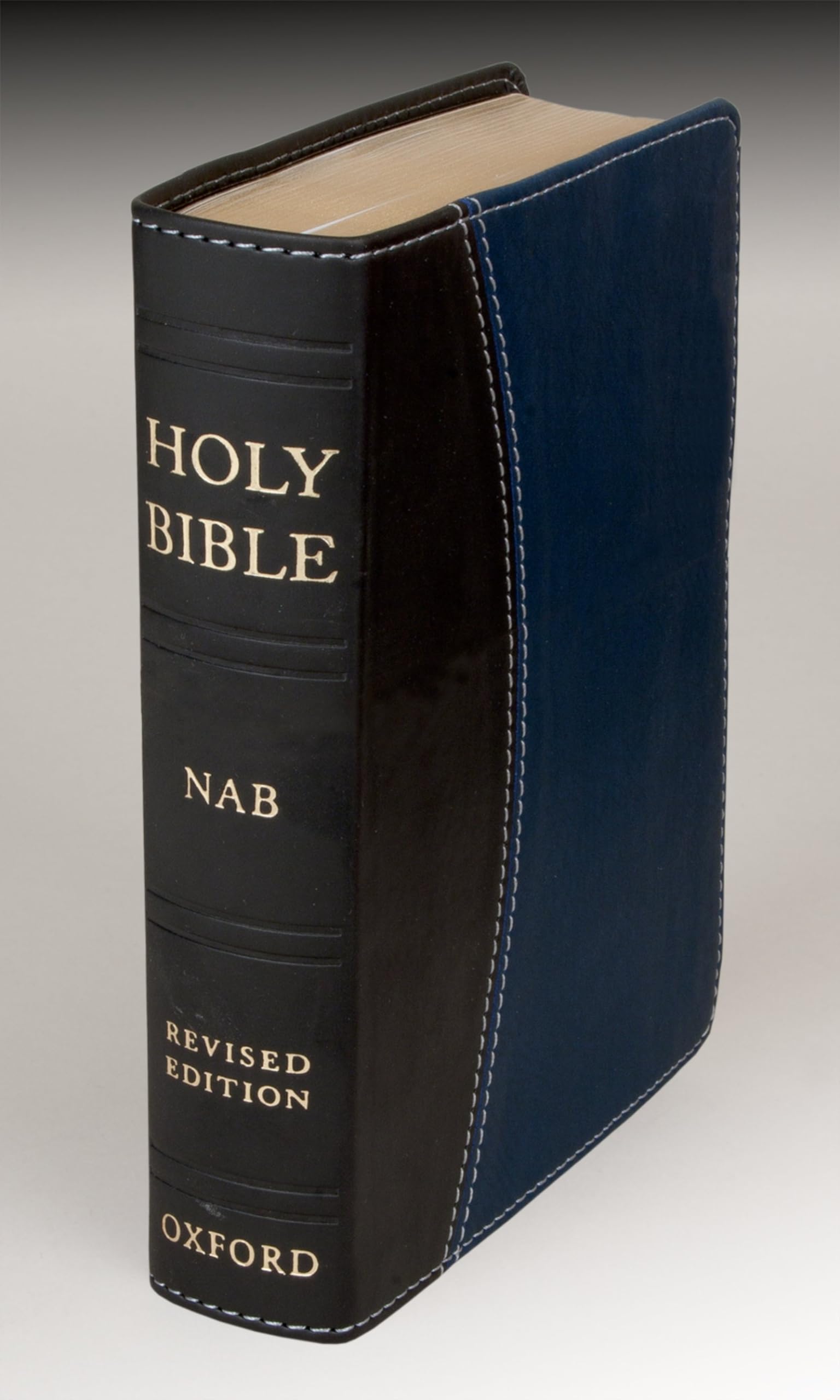Don’t Miss Out On This Unique Astrological Opportunity
Are you tired of spinning your wheels and getting nowhere? Simply put, you’re out of sync: you’re out of alignment with your astral configuration.
But: there’s a kind of map that can help you reclaim your alignment. Think of it as your own personal blueprint to success and happiness: a blueprint that will help you live your most amazing life.
Get started here.
Bible translation has been an essential endeavor for centuries.
It allows people around the world to access religious texts in their native languages.
Translating sacred scriptures involves considering linguistic nuances, cultural contexts, and theological interpretations.
Having Bibles available in various languages promotes understanding and fosters spiritual growth for diverse communities globally.
Translated Bibles serve as bridges between cultures, enabling individuals to connect with religious teachings in a more personal and meaningful way.
These translations make the scriptures accessible to those who might otherwise struggle with language barriers.
We believe that having a Bible in one’s mother tongue can significantly enhance the reading experience and comprehension of the text.
When considering a translated Bible, it’s crucial to pay attention to the translation approach used.
Some versions aim for word-for-word accuracy, while others focus on conveying the overall meaning in a more contemporary language.
The choice depends on individual preferences and needs.
We spent extensive time researching and comparing various Bible translations to help you find the one that best suits your spiritual journey and language requirements.
Best Bibles Translated into Other Languages
We’ve gathered a selection of excellent Bibles translated into various languages.
Our list includes options for readers seeking Scripture in their native tongue or those looking to explore God’s word in a different language.
Dead Sea Scrolls Bible
We highly recommend this groundbreaking translation for anyone interested in biblical history and ancient texts.
- First English translation of oldest known biblical manuscripts
- Extensive notes and explanations
- Comprehensive coverage of Dead Sea Scrolls content
- Large paperback may be unwieldy for some
- Dense academic content not suited for casual readers
- Some sections feel incomplete due to fragmentary source material
We’ve been poring over this fascinating volume, and it’s truly a treasure trove of ancient wisdom.
The Dead Sea Scrolls Bible offers a unique glimpse into the earliest known versions of biblical texts, meticulously translated into English for the first time.
As we delved into its pages, we were struck by the wealth of information packed into this hefty tome.
The extensive notes and explanations provide invaluable context, helping us understand the significance of each passage and its relation to later biblical versions.
One aspect we particularly appreciated was the comprehensive coverage of the Dead Sea Scrolls content.
It’s incredible to see how much of the Bible is represented in these ancient manuscripts.
For example, the book of Isaiah is presented in its entirety, which is a rare treat for biblical scholars and enthusiasts alike.
We found the paperback format to be sturdy and well-made, with pages that stay open easily during study sessions.
However, at 672 pages, it can be a bit cumbersome to handle for extended periods.
While the academic nature of the content might be challenging for casual readers, we believe it’s an invaluable resource for serious Bible students and researchers.
It’s worth noting that due to the fragmentary nature of some scrolls, certain sections may feel incomplete, but this is an unavoidable aspect of working with ancient texts.
Interlinear Hebrew-Greek-English Bible
This comprehensive Bible is an invaluable resource for serious scholars and language enthusiasts seeking to explore Scripture in its original languages.
- Side-by-side Hebrew, Greek, and English text
- Includes literal word-for-word translation
- Durable hardcover binding
- Very small font size
- Hefty weight at over 5 pounds
- May be overwhelming for beginners
We found this Interlinear Bible to be a treasure trove of linguistic insights.
The painstaking work of aligning the Hebrew, Greek, and English texts allows for fascinating comparisons between the original languages and modern translations.
The literal word-for-word translation underneath each line of original text proved incredibly useful in our studies.
It helped us grasp nuances that can be lost in smoother English renderings.
We appreciated being able to see exactly how each word corresponds.
Admittedly, the tiny font size did strain our eyes at times.
A magnifying glass came in handy for extended reading sessions.
The book’s substantial weight also makes it better suited for desk study than casual reading.
For serious students of biblical languages, we believe this volume is well worth the investment.
Its comprehensive nature eliminates the need for multiple books.
Just be prepared for a workout when lifting its nearly 1000 pages!
Choctaw Psalms Bible
We highly recommend this Choctaw translation of the Book of Psalms for anyone interested in Native American languages or Bible translations.
- Preserves Choctaw language and culture
- High-quality translation
- Accessible format for language learners
- Limited to Psalms only
- May be challenging for non-Choctaw speakers
- Paperback binding could wear over time
This unique translation brings the poetic beauty of the Psalms to life in the Choctaw language.
We found the text clear and easy to read, with a layout that makes it simple to compare with English versions.
The book’s size and weight make it convenient for carrying to study groups or services.
We appreciated the independent publication, which often allows for more specialized works like this to reach interested readers.
For those studying Choctaw or exploring Native American Bible translations, this book is an invaluable resource.
It offers a window into how biblical concepts are expressed in this indigenous language, enriching our understanding of both the Psalms and Choctaw culture.
First Nations New Testament
We highly recommend this unique and insightful Indigenous translation of the New Testament for anyone seeking a fresh perspective on familiar scriptures.
- Poetic and engaging language
- Offers fresh cultural insights
- Easy to read and understand
- Only includes New Testament
- May not suit traditionalists
- Limited footnotes or study aids
This translation breathes new life into well-known passages.
We found ourselves pausing to reflect on familiar verses, seeing them through a different cultural lens.
The poetic language draws you in, making it feel less like reading and more like listening to an elder share ancient wisdom.
The names used for biblical figures are particularly striking.
Instead of the traditional Greek or Hebrew names, they use descriptive titles that capture the essence of each person.
For example, Jesus is called “Creator Sets Free” and John the Baptist becomes “Dunking Bird.” These names add depth and meaning to the text.
We appreciated how accessible this version is.
The language flows smoothly, making it easy to read for extended periods.
It’s an excellent choice for personal devotions or group study, especially for those who may find other translations challenging.
While it may not replace your go-to study Bible, it certainly adds a valuable perspective to any Bible collection.
Oxford NABRE Compact Bible
We highly recommend this compact Bible for its portability and comprehensive content.
- Portable size for on-the-go reading
- Includes common prayers and study notes
- Durable imitation leather cover
- Small text may be difficult for some readers
- Compact size means thinner pages
- Limited color options available
We’ve been using the Oxford New American Bible Revised Edition (NABRE) Compact Bible, and it’s been a game-changer for our daily scripture reading.
The compact size fits perfectly in our bags, making it easy to carry to church, Bible study, or even on trips.
The imitation leather cover feels nice in our hands and has held up well to frequent use.
We appreciate the inclusion of common prayers and study notes, which have enhanced our understanding of the text.
The three-year cycle of mass readings is a fantastic feature for those following the liturgical calendar.
While we love the portability, the compact size does mean smaller text.
This might be challenging for some readers, especially in low-light conditions.
The pages are also thinner to accommodate the compact format, so we’ve had to be careful when turning them.
Despite these minor drawbacks, we find this Bible to be an excellent choice for those seeking a portable yet comprehensive edition of the NABRE.
New Testament in Algonquian
We highly recommend this unique historical Bible translation for those interested in Native American language and culture.
- Faithfully preserves 17th-century Algonquian language
- Valuable resource for linguistic and historical study
- High-quality reprint of a rare text
- May be challenging for modern readers
- Limited practical use for contemporary speakers
- Lacks additional study aids or commentary
This fascinating reproduction of the 1661 Algonquian New Testament offers a glimpse into early colonial missionary efforts.
We were impressed by the quality of the reprint, which maintains the original text’s integrity.
The large format and clear printing make it easy to examine the unfamiliar words and structures of the Algonquian language.
As we explored this Bible, we found it to be an invaluable resource for linguistic scholars and historians.
The translation provides insight into both the Algonquian language and the cultural exchange between Native Americans and English colonists.
It’s a tangible piece of history that brings the past to life.
We noticed that while the text is primarily in Algonquian, it includes some English annotations and chapter headings.
This feature helps orient readers unfamiliar with the language.
The book’s sturdy paperback construction ensures it will hold up well to repeated use in libraries or personal collections.
Buying Guide
When choosing a Bible translated into another language, we recommend considering a few key factors:
Translation Approach
Look for translations that aim for accuracy while maintaining readability.
Word-for-word translations stick closely to the original text, while thought-for-thought versions focus on conveying the meaning clearly.
Language Fluency
Choose a translation that matches your fluency level in the target language.
Beginners may prefer simpler vocabulary and sentence structures.
Additional Features
Consider what supplementary content you’d find helpful:
- Study notes
- Cross-references
- Maps
- Concordance
- Glossary
Format Options
Decide which format works best for your needs:
| Format | Pros | Cons |
|---|---|---|
| Hardcover | Durable, lies flat | Heavier |
| Paperback | Lightweight, affordable | Less durable |
| Digital | Searchable, portable | Requires device |
Publisher Reputation
We suggest selecting translations from reputable publishers known for their scholarship and quality control.
Reader Reviews
Check reader reviews to gauge how others have found the translation’s clarity and accuracy.
Why is translating the Bible into different languages important?
Translating the Bible into different languages is crucial for several reasons.
It allows people to read and understand Scripture in their native tongue.
This promotes deeper comprehension and personal connection with the text.
Bible translation also preserves languages and cultures.
It often involves developing writing systems for previously unwritten languages.
This process contributes to literacy and education in many communities around the world.
Who was responsible for the first English translation of the Bible?
John Wycliffe is credited with producing the first complete English translation of the Bible in the 14th century.
His work was hand-copied and distributed before the invention of the printing press.
William Tyndale later created the first printed English New Testament in 1526.
His work greatly influenced subsequent English translations, including the King James Version.
What are the main differences between Bible versions for various Christian denominations?
Different Christian denominations use various Bible versions based on theological beliefs and translation preferences.
For example, Catholic Bibles include deuterocanonical books not found in most Protestant versions.
Some translations, like the New World Translation used by Jehovah’s Witnesses, reflect specific doctrinal interpretations.
Meanwhile, Orthodox Christians often use translations based on the Septuagint for the Old Testament.
Protestant denominations typically use a range of translations, from more literal versions to dynamic equivalence approaches.
The choice often depends on the intended use, whether for study, liturgy, or personal reading.


